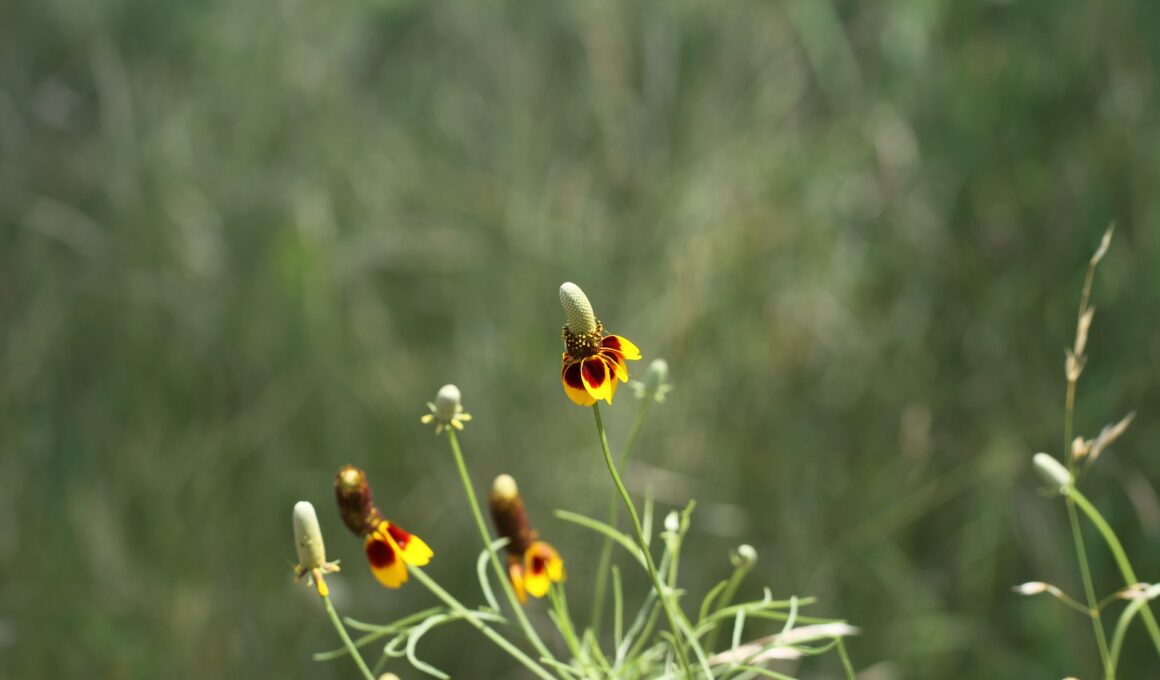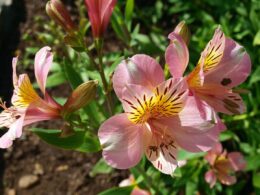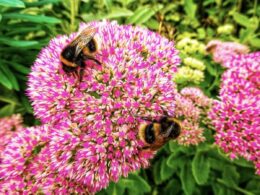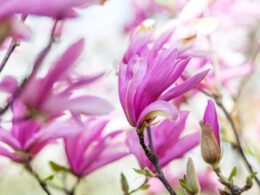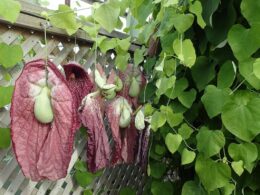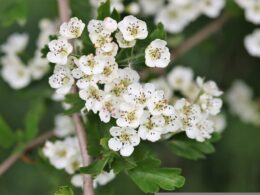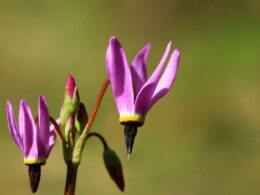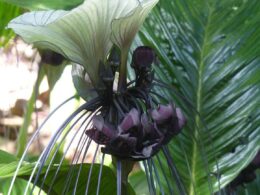The Mexican hat flower, also known as Ratibida columnifera, is a beautiful wildflower that can be found in parts of the United States and Mexico. This guide will provide information on the plant’s history, care, and propagation. So if you’re interested in learning more about this intriguing flower, keep reading!
Mexican Hat Flower. Habitat, General Information
The Mexican hat flower (Ratibida columnifera) is a species of flowering perennial plant in the Asteraceae family. It is native to Mexico and the southwestern United States, but it has been introduced to other parts of the world as an ornamental plant. The plant grows to a height of 1-3 feet. The petals can be orange, red and yellow, with a black or brown seed heads at the center. Drooped petals look like a Mexican sombrero (that’s how it has got its common name). It is also known as a Prairie Coneflower.
The Mexican hat flower is found in dry habitats, such as desert scrubs, roadsides, and grassland. It blooms from May to October. The flowers are used in arrangements and as cut flowers. They are also used in traditional Mexican medicine. The plant is poisonous to livestock, but it is not considered to be a threat to humans.
Mexican Hat Flower: Soil and Sunlight
The Mexican hat flower thrives in soil that is well-drained and full of nutrients. It prefers full sun, but can also tolerate partial shade.
When planting Mexican hat flowers, be sure to space them out so that they have room to grow. The plants can get quite large, so it’s important to give them plenty of space. Mexican hat flowers are relatively low-maintenance, drought tolerant and easy to grow, but they will need to be watered regularly during the active growing season.
If you live in an area with a lot of deer, you may want to consider planting Mexican hat flowers in a fenced-in garden or using deer repellent. The plants are not particularly attractive to deer, but they will eat them if they are hungry enough.
Growing Mexican Hat Flower: Watering
Watering your Mexican hat flower is important to keeping it healthy and vibrant. With proper watering, you can ensure that your plant will stay looking its best. Here are a few tips on how to water your Mexican hat flower:
- When watering your plant, be sure to use warm water. Hot or cold water can shock the plant and cause damage.
- Water the plant deeply, but not too frequently. Allowing the soil to dry out in between watering will help to encourage root growth.
- If you are growing your Mexican hat flower indoors, be sure to use a humidity tray or pebble tray to increase the moisture in the air around the plant.
Mexican Hat Flower: Propagation
Once you have your Mexican hat flower seeds, it’s time to start propagating! The best way to propagate the Mexican hat is growing from seed. Collect the seeds from the flower heads and sow them in a well-drained soil or seed starting mix, and press them lightly into the soil. Water the seeds well, and place them in a warm location. Keep the soil moist, but not soggy, until the seeds germinate. Once the seedlings emerge, thin them so that they are spaced about 6 inches apart.
Is Mexican Hat Plant Invasive?
Though the Mexican hat plant (Ratibida columnifera) is not currently listed as an invasive species in the United States, it has the potential to become one. This perennial wildflower is native to Mexico and parts of Central America, but it has been introduced to other parts of the world, including southern United States. Mexican hat plants can spread rapidly in some habitats, crowding out native plants.
They are also known to hybridize with other members of their genus, which can further complicate matters. If you’re considering planting Mexican hat plants in your garden, it’s important to be aware of their potential risks.
Are Mexican Hats Good Cut Flowers?
Yes, Mexican hats make great cut flowers! They are known for their long vase life and ability to retain their color well. Plus, they add a touch of fun and whimsy to any bouquet or arrangement.
Now you know everything about a Mexican hat flower, and you can grow it in your garden. Thanks for reading!





